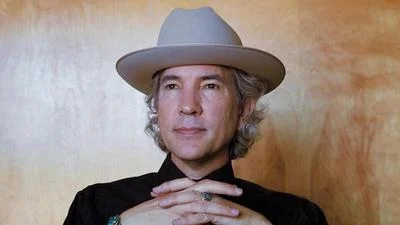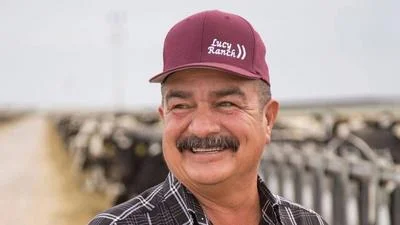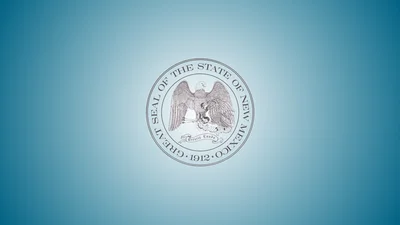The “Rest in Red” light installed two weeks ago at the Lead and Walter intersection in Albuquerque is already having a positive result by slowing down speeding cars.
“We were averaging a couple of accidents a month, easy,” neighborhood resident Kym Salas told KRQE this week. “We have had people come through our fence. No more cars in the fence, and so far, it seems that speeding has gone down.”
The Rest in Red technology works by detecting whether approaching drivers are speeding up to the intersection, and switching the light to red to slow them down. If the speed limit is 30 mph, anyone going even a mile an hour over 30 within 350 feet of those signals will trigger the red light, stopping every other driver along with them. The technology also adjusts pedestrian crosswalk countdown timers and audible signals for the visually impaired.
The technology that turns red on speeders is activated at eight intersections on Lead and Coal between Nob Hill and east downtown. It’s also at Carlisle, Girard, Yale and Walter.
The City said it will evaluate the impact of the technology, but as of now no plans are in place to install any more of the $48,000 specialized lights.
Those along the Lead and Coal corridor said speeding has been a problem for a long time.
“It was crazy,” David Medina, who lives on Lead near Walter, told KRQE. “I lost a pickup truck. I went inside for about 20 minutes, came back outside, locked my front door, and turned around just in time to see my truck get launched from there to where I normally park. And the Jeep almost went through the house, right there, so that guy would have had to be doing 60 plus.”
The Rest in Red lights are turned off during rush hour to avoid traffic jams caused by nonstop red lights. Rush hour lasts three hours in the morning and more than four hours in the afternoon/evening.








